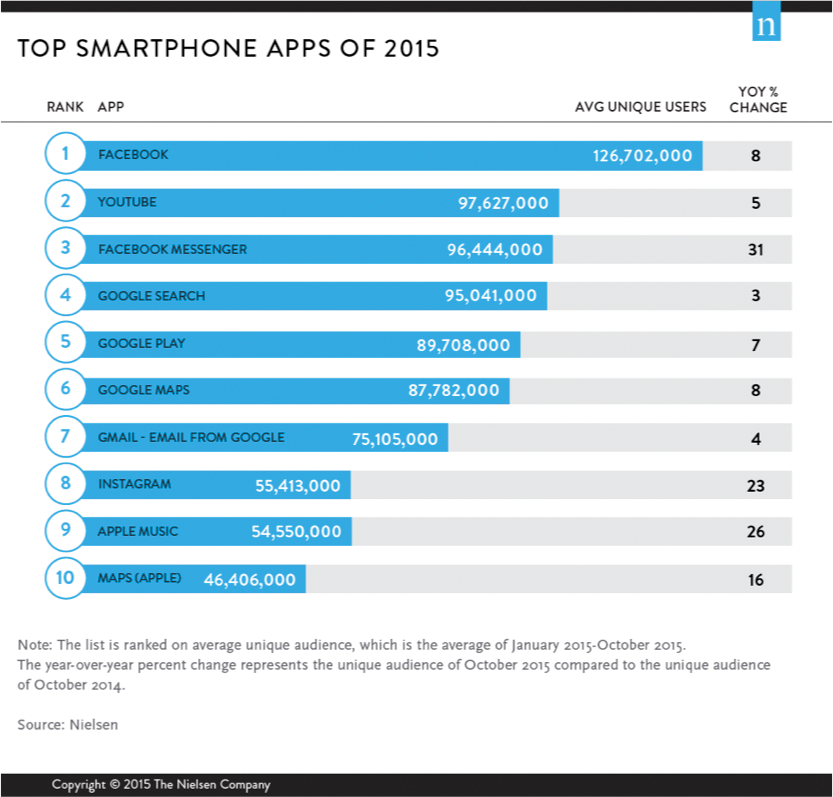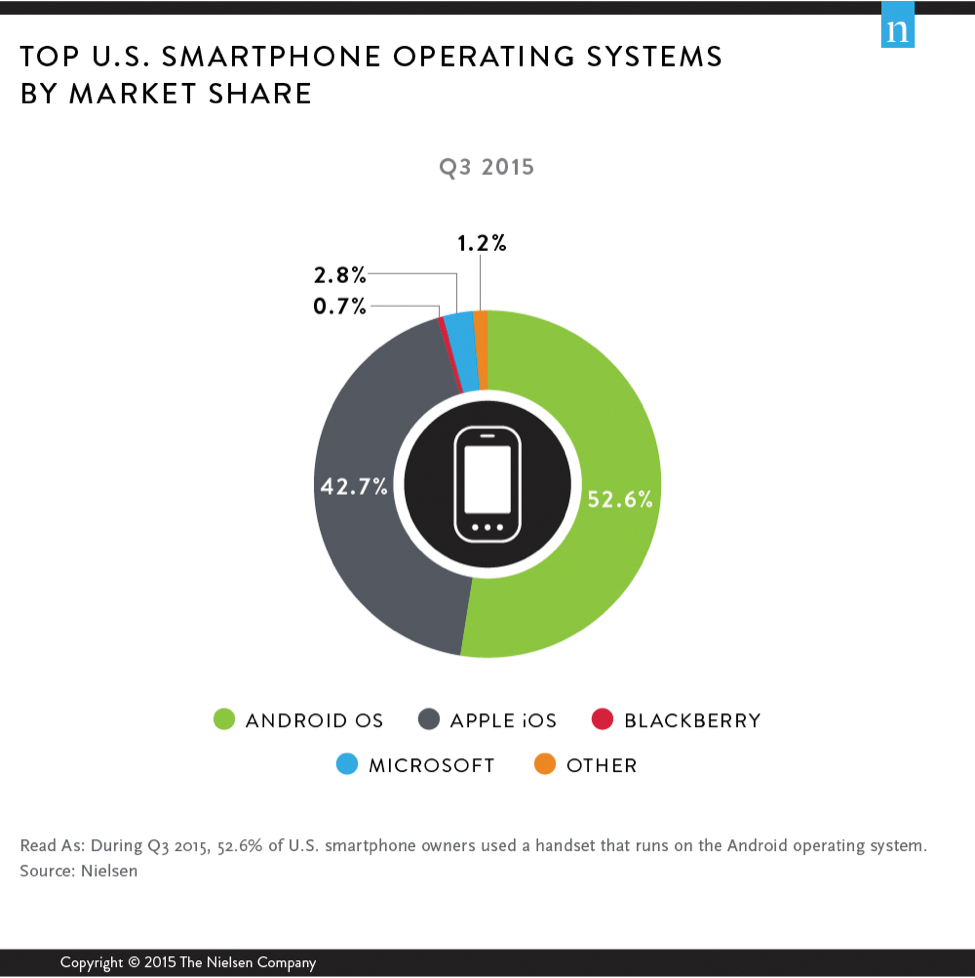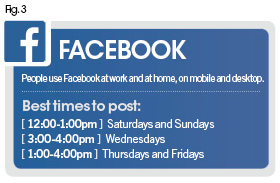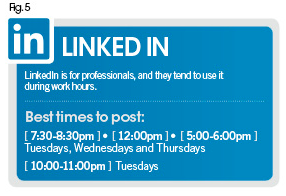The Role of the Dental Team in Online Marketing
Can a practice's digital presence be managed entirely by the dental team? Two experts weigh in.

It is with great excitement that we announce the initiation of a new monthly column featuring Dr. Lou Shuman, the President and CEO of Cellerant Consulting Group known for his expertise in Internet strategy, strategic relations, emerging technologies, digital marketing methods and operational practice management. Also contributing on a regular basis is Ian McNickle, co-owner of WEO Media dental marketing firm.
Throughout the year, the column will focus on online marketing, social media and website tips, to help readers learn the true definition of online success and gain a clear understanding of what an online marketing company should be providing. Additionally, we hope this information will help give readers the knowledge to confidently commit a monetary investment to both grow a new patient base and maintain a strong relationship with an existing one.
This month, Dr. Shuman and McNickle tackle whether the dental team should be managing their practice’s online presence. DPR asked: Can social media, website development and online marketing be run by the dental team?
Related reading: Boosting your online reputation: 10 hacks every dentist should know
Dr. Shuman and Ian McNickle: Though a dental team is critical to supporting these initiatives, it’s impossible for a team member-based on time alone-to evaluate the exhaustive amounts of updates and algorithm additions that occur from Facebook, Google, YouTube and LinkedIn on a constant basis.
It would be similar to asking your manager to do your taxes without an accountant. Your manager can support your accountant, but there are many rules and regulations that an expert accountant needs to understand, not to mention all of the new rules added each year that they must absorb. It is not dissimilar to why one needs an online expert to support the practice.
Here are a few key issues we see frequently when evaluating the online presence of an office:
• Videos on your website and social media channels are great for improving engagement, but most videos need to be properly optimized to help Search Engine Optimization (SEO) performance. Simply having videos on your website or posting them on YouTube will not help your SEO and ranking, unless they are optimized. Additionally, creating proper title tags and meta descriptions are critical to SEO performance.
• Facebook is frequently changing their tools and plug-ins for businesses. There are numerous strategies on Facebook to generate patient referrals and new patients, but a poor strategy can lead to a lot of wasted time and money.
• Google makes around 500-600 changes per year to their algorithm. It’s nearly impossible to keep up with the changes unless you enlist an SEO professional to support you.
• While paid ads on Google and Facebook can be a great way to generate website traffic and new patients, the majority of businesses, working without expert guidance, pay far too much for clicks.
Related reading: Utilizing social media to capture the millenial audience

Over the next few issues we will provide specific takeaways in reference to optimizing videos, creating proper title tags and meta descriptions, Facebook tips, improving your SEO performance thus raising your Google rankings, as well as tips on how to get better performance in your pay per clicks. We leave you with our first “Social Media Minute” facts of the month:
How critical is it to have a Facebook presence and just how important is it to integrate YouTube into your website? Figure 1 (above) outlines statistics that were just published by Nielsen.

Related reading: 7 steps for using social media to reach patients of all ages

They also revealed some surprising SmartPhone operating system facts (including the fact that the iPhone operating system [iOS] actually is not the leader!) (Fig. 2).
The data in Figs. 3-5 was provided by HubSpot, together with data and research collected by the folks at CoSchedule from a variety of sources, including QuickSprout, SurePayroll, The Huffington Post, Buffer, TrackMaven, Fast Company and KISSmetrics.


Related reading: The importance of becoming a digital dentist
More about the contributers
Dr. Lou Shuman
Dr. Lou Shuman is a long-time contributor to Dental Products Report and a member of the DPR editorial board. He is the President and CEO of Cellerant Consulting Group with clients including KavoKerr Group (KKG), ZQuiet, CAO Group, DEXIS, i-CAT, Pelton & Crane, HR for Health, SFP Capital, Implant Direct, and Vanguard Dental Partners. He is the Chairman of the Technology Advisory Board at WEO Media, a Venturer in Residence at Harvard’s Innovation Lab, and founded a dental education Internet company that provided online education for the ADA, AGD, and Drs. Gordon Christensen, Peter Dawson and Frank Spear, among others.
Trending article: 7 steps to creating dental practice videos
Ian McNickle
Ian McNickle is one of the owners of dental marketing firm WEO Media. He holds a BS in Mechanical Engineering from Washington State University and an MBA from the University of Washington. A nationally recognized marketer, writer and speaker, he has developed significant expertise in online marketing, website optimization, SEO, pay-per-click (PPC) marketing, social media, video marketing, online reputation management, marketing strategy and related topics.
